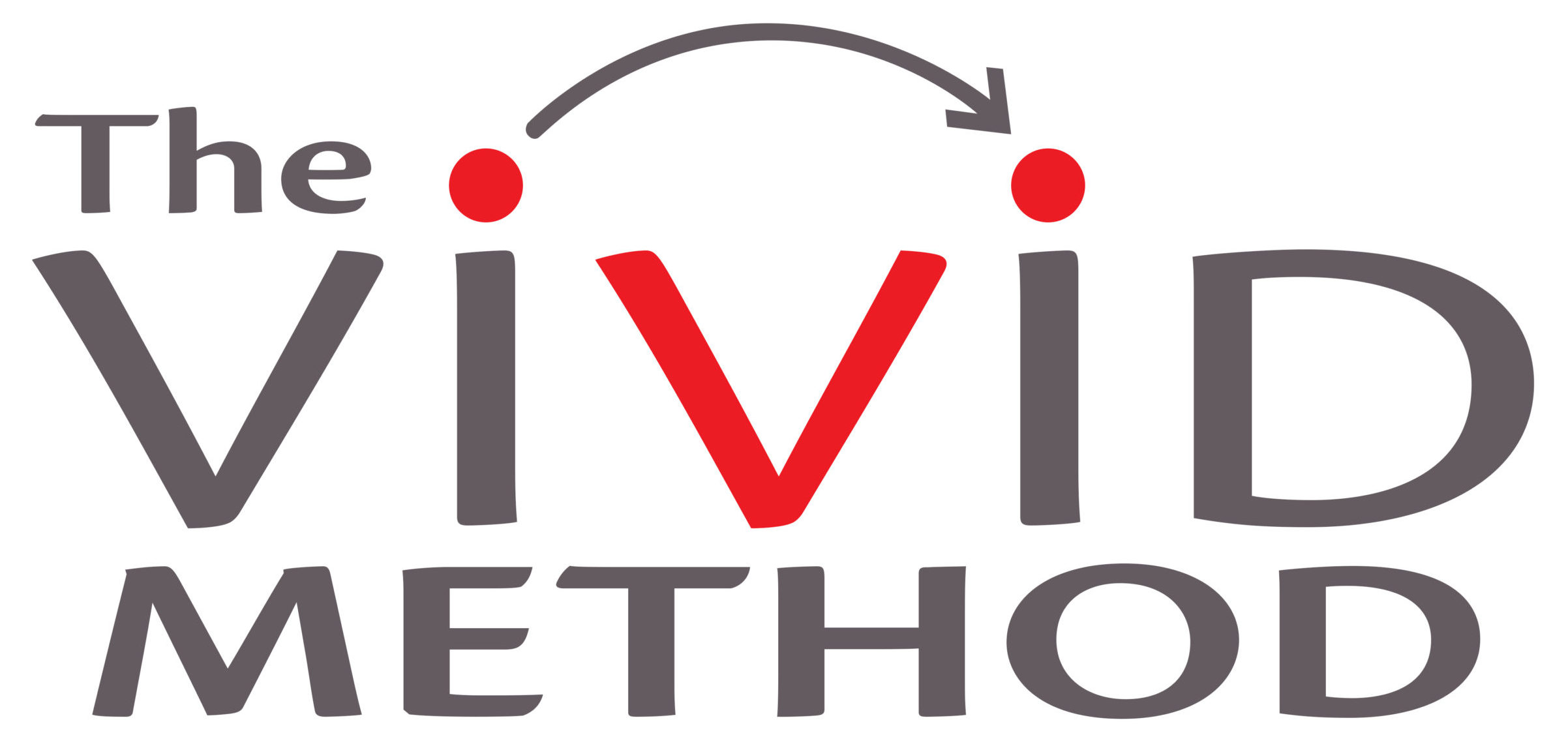A wicked message: how to make sure your message gets results (part 2)
In the last post, we defined the difference between a wicked message (which requires more mental effort on the part of the listener) and a tame message (which is clear and easy to follow).
To get a response, you need a tame message. So here’s how to do it
How do you make your message tame?
A tame message is communicated using the listener’s perspective – not from the all the detail the speaker sees.
Here’s your listener’s perspective:
“Tell us exactly what to do.
Or map out the actions we should take.
At least give examples of what the activity you want from us looks like!
Provide a map, a framework a couple of examples, some defined parameters – please.
Even if you outline what NOT to do, it will help define the boundaries of productive pursuit of the problem or strategy.”
If you are asking people to sort the message from the noise – you are asking too much.
Sacrifice!
Do you have a method of clarifying what is not needed in your presentation? Most people don’t. They are busy demonstrating that they have done a lot of work by adding more than is needed. As information expands, the ability to decide what is not needed is of greatest value to managers.
So find a way to clarify your message so it’s easy for people to apply. And then cut out all of the extra detail that might clutter your message.
